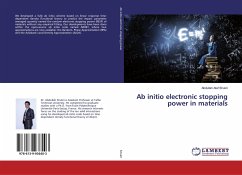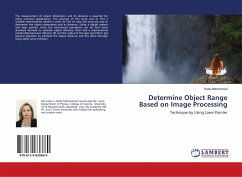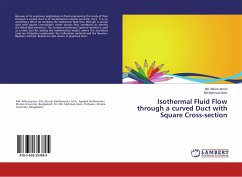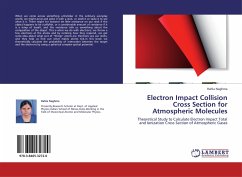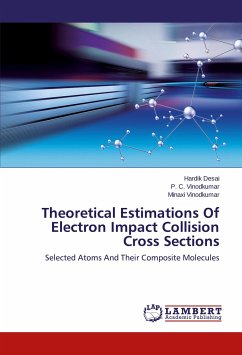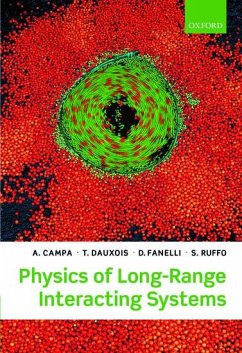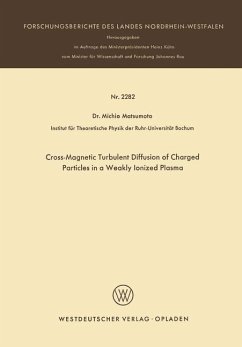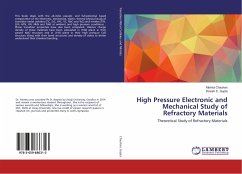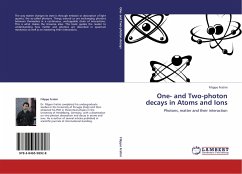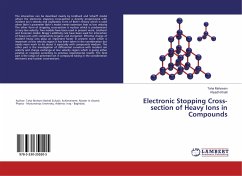
Electronic Stopping Cross-section of Heavy Ions in Compounds
Versandkostenfrei!
Versandfertig in 6-10 Tagen
33,99 €
inkl. MwSt.

PAYBACK Punkte
17 °P sammeln!
The interaction can be described mainly by Lindhard and Scharff model where the electronic stopping cross-section is directly proportional with incident ion's velocity and asymptotic form of Bohr's theory which is used when Bohr's parameter Bohr's model needs extension limit at low velocity The other form of stopping cross-section is nuclear which is predominant at very low velocity. Two models have been used in present work, Lindhard and Sorensen model. Bragg's additivity rule have been used for interaction of heavy ions with compounds (organic and inorganic). Effective charge of incident hea...
The interaction can be described mainly by Lindhard and Scharff model where the electronic stopping cross-section is directly proportional with incident ion's velocity and asymptotic form of Bohr's theory which is used when Bohr's parameter Bohr's model needs extension limit at low velocity The other form of stopping cross-section is nuclear which is predominant at very low velocity. Two models have been used in present work, Lindhard and Sorensen model. Bragg's additivity rule have been used for interaction of heavy ions with compounds (organic and inorganic). Effective charge of incident heavy ions plays an important factor in present work which is important at low velocity region it has been taken in the consideration but needs more work to do about it especially with compounds medium. The other part is the investigation of differential curvature with incident ion velocity and charge exchange at low velocity region which is going either positive or negative according to previous experimental results. The final part is the range of penetrate ion in compound taking in the consideration electronic and nuclear cross-sections.



